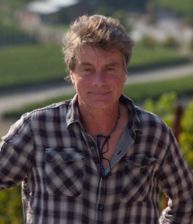TALKING HEADS

FREDERIC BONNAFFOUS
I joined the company in 2002 as estate manager at Chateau Belgrave, Chateau Le Boscq and Chateau Reysson. From 2007, when Dourthe was acquired by the Thiénot family, my remit expanded to include Grand Barrail Lamarzelle Figeac, and later, I was also charged with Chateau La Garde, Rahoul, Pey la Tour and Ricaud. My role essentially consists of making technical decisions relating to wine production.

STEPHAN ASSEO
I see myself as a vine grower. I’m more viticulturalist than winemaker. After 18 years of sheer pleasure and learning in Bordeaux, I wanted to give free rein to my creativity and passion. To this end, I set myself free from the rigours of AOC rules and regulations and moved to California with my wife and three children. There are fewer rules in viticulture and winemaking outside Europe, which means more freedom.
What would you say is the major water-related challenge in wineries and wine estates?
Frédéric Bonnaffous: In our chateaux, water is used essentially to wash winery and agricultural equipment. This is our biggest source of water usage, as irrigation is not permitted in the vineyard for our AOC wines. Harvest time is the peak period for water usage. At the end of the summer, it is essential to have water available to prepare for the vintage.
In the vineyard, lack of water is particularly damaging for the young vines (they can be watered in the first three years). Ideal conditions would be a cold, rainy winter to replenish the water table, followed by a drier spring and not too much water in summer so that the vine suffers from lack of water. In recent years we have noticed milder temperatures accompanied by excess rainfall, particularly in spring, which heightens disease pressure such as mildew. Heavy rainfall makes access to certain plots impossible, especially on clay soils. In these conditions, sandy or gravel soils are more resilient, yet in very dry vintages, the vine struggles on these soils. Basically, while water is essential in the vineyard, increasingly frequent, intense weather incidents – damp, hail and rain – will have a negative effect on production.
Stephan Asseo: What you have to realise is that unlike other French regions, our main water usage is by far focused on irrigation. To give an idea, irrigating just 1ha of vines throughout the year consumes 20,000l water, which already exceeds our water usage in the winery. From memory, in Bordeaux we rack the barrels at least every 3 months, here it’s twice a year at the most (when separating the lees, which requires a significant amount of water to clean the barrels). In total, we consume around 80m3 of water. While this is a significant quantity, it’s around 10x less than the region’s viticulturists who are on the same soil.
Frédéric: Generally speaking, I believe the best way to adapt is to be prepared for dry summers and milder, wetter winters than before.
Out in the vineyard, it is important to concentrate the vines on soils less susceptible to excess water, so limestone, clay-limestone, clay or even soils with a clay subsoil. Of course, what can be an advantage one minute, can be a detriment the next. Clay soils are a challenge to work with when waterlogged. Nevertheless, they are more suited to climate change erring to hotter, drier summers. Selecting the most resistant grape varieties is also important. In Bordeaux we are fortunate to have a great diversity of varieties. While Merlot seems particularly susceptible to mildew, it can be replaced with Cabernet Franc, Cabernet Sauvignon or Petit Verdot.
Another way of adapting practices is to aim for quality over quantity. In a bid to increase our efforts, we have reduced the surface area under vine in locations where the weather proves more challenging. To reduce agricultural costs and avoid treating the vines multiple times, we are gradually grubbing up plots that serve our third or even second wines. Given its prestige, these progressive changes are entirely possible at Belgrave. At Pey La Tour however, it takes high levels of production to cover costs.
Professional unions are key to a wide-scale adaptation of the AOC. For now, the chosen strategy is to alleviate the existing, strict AOC framework. Many of the rules determined in 2010/2011 are undergoing reform. At the time, the effects of climate change were not so problematic, and competition less fierce. AOC Pessac-Leognan is certainly the most proactive in this area. Discussions are underway to reduce planting densities set per hectare. Introducing new grape varieties is also up for discussion, even if the industry remains prudent on the subject.
Stephan: Decisions need to be made at government level. In California, in some regions vine growing is no longer possible without irrigation. I believe certain terroirs will continue to make good wine, while others will disappear completely.
For a few years now, we have introduced a number of interventions to minimise our reliance on water, from drip irrigation, rainwater collection, to hiring expert consultants and using nets to protect the vines. All this investment constitutes preventative management.
Some viticultural techniques are also extremely valued for saving resources. Despite common opinion, ploughing allows even and controlled evaporation in the soils. If you don’t plough the soils, water evaporates twice as quickly.
In addition to techniques aimed at reducing water usage, we will need to make more strategic decisions regarding varietal selection. In theory, in light of climate change, Merlot will become less refined in profile.
Even when we have limited access to water, we will still be able to produce wine. Not everyone or everywhere, but it will be possible. This said, market gardening will be the first to be affected, as it consumes and relies on significant water quantities. Looking to the future, though yields may probably suffer with less water, wines will be more concentrated in style. Don’t forget that the vine is a relatively resistant, rustic plant material.

